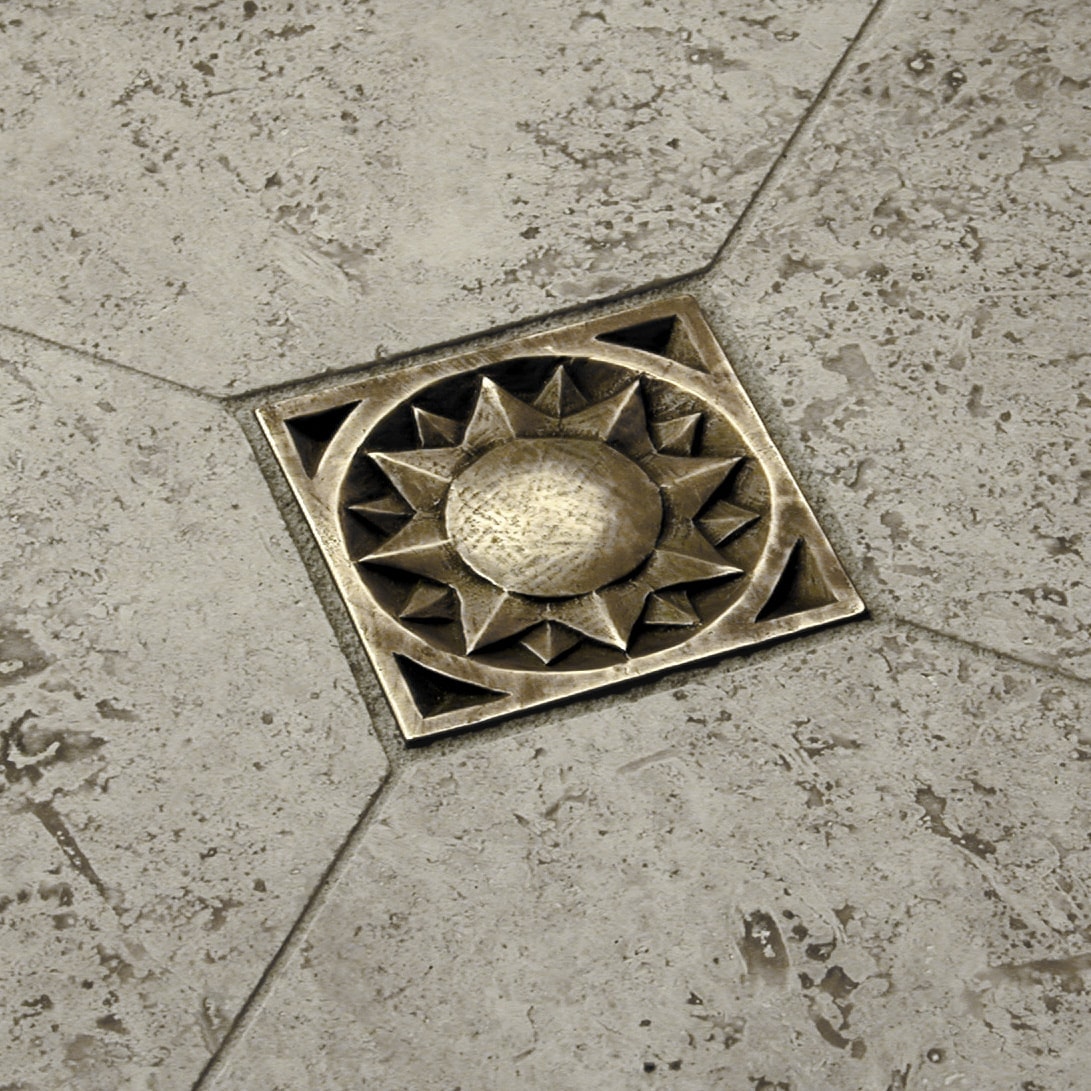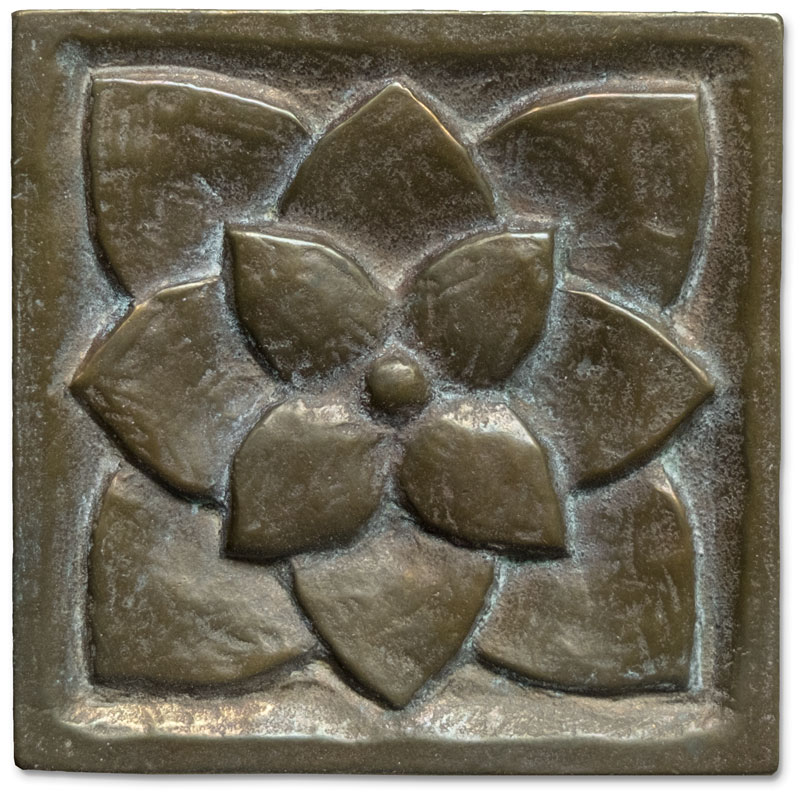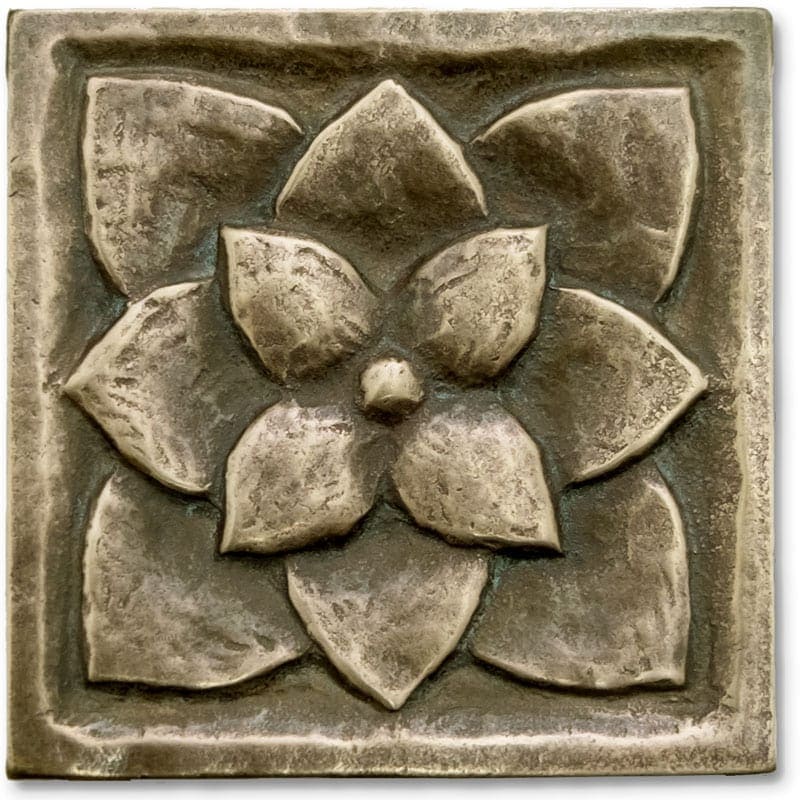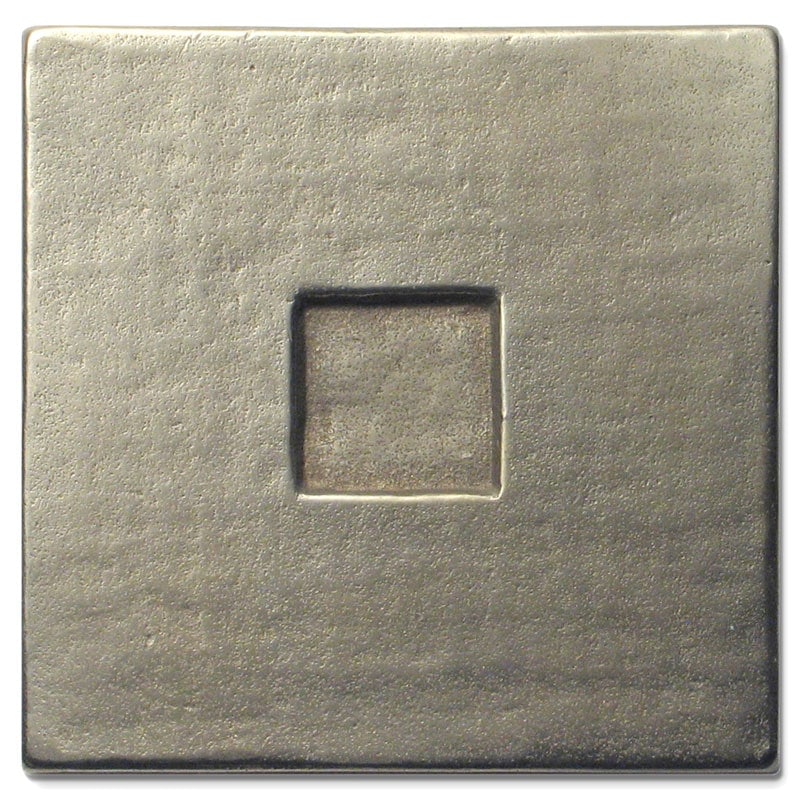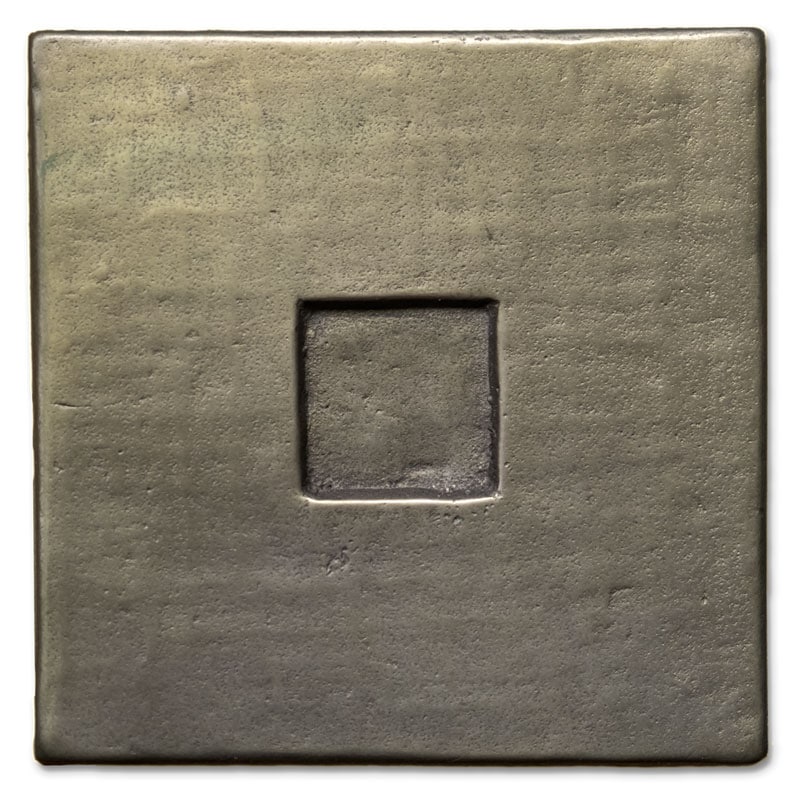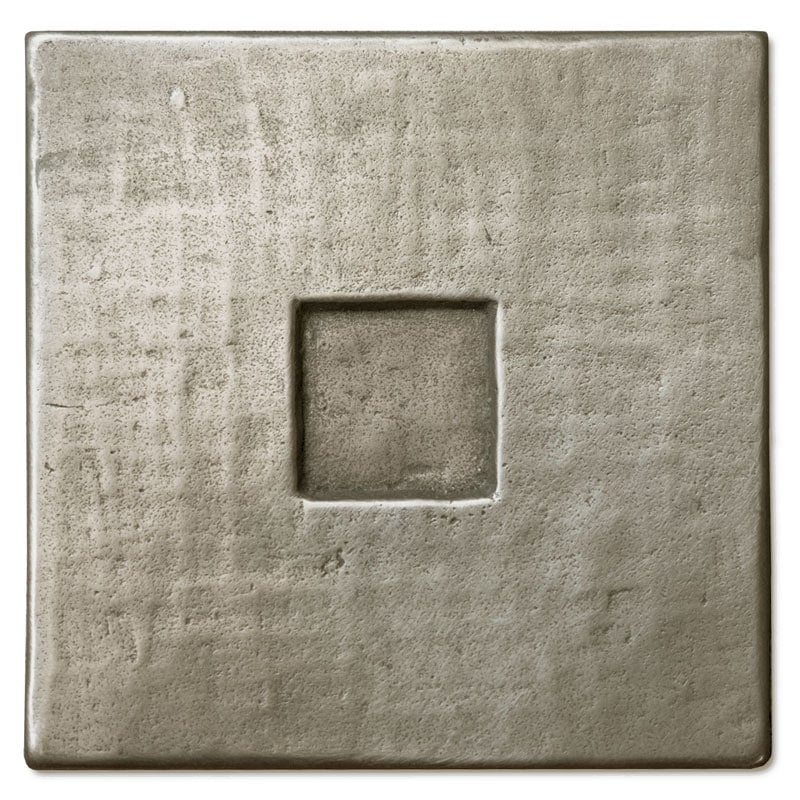The Natural Patina Process
WHAT WILL THE PATINA LOOK LIKE?
Traditional Bronze
We believe that the natural patina is the key to the deep beauty of bronze.
Over time, Foundry Art bronze tiles will develop a natural patina. The color of the metal’s surface will darken and mellow. Time, weather, and wear each play a part as the patina matures.
Like prized antiques, our bronze tiles become more beautiful and captivating as they age.
White Bronze
Can I brighten the tiles again, after the patina has developed?
Yes. You can brighten the tiles by buffing them with an Ultra Fine Scotch Brite pad or with bronze wool.* We recommend you use a small part of the pad or bronze wool, and focus on the high points of the tile, leaving the recesses dark. In addition to brightening the tile, this will accentuate the design and preserve some of the mellowness of the patina.
*Do not use steel wool. Steel fibers will lodge in the bronze and rust over time. Instead, use bronze wool, which is available at most home stores.
CAN I SLOW DOWN OR PREVENT THE PATINA PROCESS?
You can slow down the patina process by applying a thin layer of paste wax to the tiles after they are installed. We recommend Renaissance Wax, which museums use to conserve and protect bronze sculpture.
To prevent the tiles from developing a patina, you can seal them with a lacquer formulated to be compatible with bronze, such as Incralac.
In floors
When used in a floor, the higher parts of the tile are polished by footsteps, just like the shiny nose of a well-loved statue is polished over time by admiring hands.
In pools or fountains
If the tiles will be in constant contact with water, such as in a pool or fountain, they will develop a very dark patina. To prevent this, seal the tiles with lacquer and reapply the lacquer periodically, in accordance with the lacquer manufacturer’s instructions.
